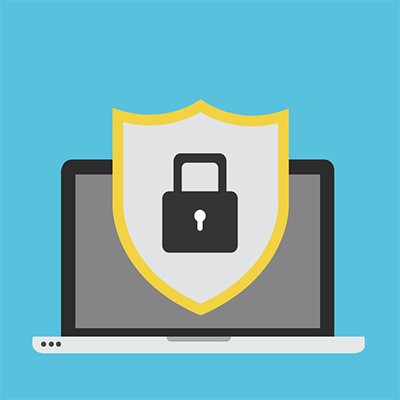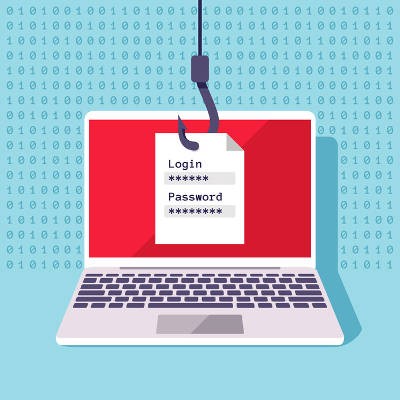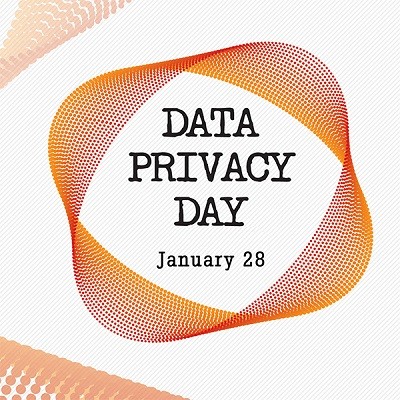Ferrum Technology Services Blog
Ever get an email with the subject line “No Subject” and not feel compelled to open it? Us too. Your email subjects are crucial to getting a user’s attention and helping them understand what the email is about. We’re here to help you develop more effective email subjects to ensure your messages are opened and responded to.
Disasters lurk around every corner in the workplace, even on an end-user level. All employees of a business should understand how to identify specific office disasters and what to do when they are encountered. We’ll discuss some of the most common (and deceptive) disasters, as well as how your team should handle them on the off chance they show themselves.
It seems that businesses today are obsessed with productivity, and while this isn’t a bad thing inherently, it can encourage you and your employees to pick up bad habits. Unfortunately, those who try to juggle responsibilities are often less productive than people that focus on one task and take it through to completion. Let’s discuss why this is, and how you can better, more productively make use of your time.
Communication is imperative to the success of your business, but sometimes it’s easier said than done--particularly if your organization relies on technology-related communication that can make context and subtext difficult to detect. Here are some tips to ensure that your employees are as clear and concise as possible with your communication mediums.
If you need to condense data into a concise and comprehensible form, Microsoft Excel is tough to beat. This is despite the fact that your average spreadsheet isn’t exactly an eye-catcher. However, Excel provides a few native options that boost your data’s visual appeal, making it more engaging and much more meaningful. We’ll review a few today.
The business world is inherently somewhat Darwinian: instead of organisms with desirable traits surviving and carrying on, better businesses tend to outlast those that are inferior. In order to keep on, you need to ensure that your business has the tools it needs to be better than the alternative. Part of this is a great staff, yes, but for today’s tip, we’ll discuss how optimizing your technology can help.
Modern businesses rely on email as a central part of their communications infrastructure, but this comes with its own set of threats and issues that can derail operations. Spam in particular is troublesome for organizations to deal with, as it wastes time and exposes your users to danger. While spam can be blocked, more dangerous types of messages can make their way past your defenses. These types of threats are known as phishing scams, and they present a considerable threat to your organization.
As headlines shout about Hurricane Florence approaching the East Coast later this week, with Helene and Isaac also stirring in the Atlantic Ocean, it seems as good a time as any to discuss preparing your business for hurricane season; and, really any adverse weather effects that could negatively influence your business. Preparing your business for events like these is key to its survival, making it crucial that you know what your responsibilities are when awaiting a potentially devastating event such as a hurricane.
Regardless of the policies your company sets, your employees are going to have their mobile devices on them; and, depending on their circumstances, they may be tempted to use them to further their work processes. While this may have been cause for concern at one point, there are now methods, collectively known as Bring Your Own Device (BYOD), that allow you to leverage these tendencies.
Spring is traditionally a time of rebirth and renewal, which has inspired the tradition of spring cleaning - starting fresh and organized after long months of darkness and cold. While the home is the traditional target of spring cleaning, people spend enough time at the office to make some cleaning worth it. In this blog, we’ll go over the benefits of a clean office, as well as how to achieve one.
Most businesses utilize the Internet in some fashion, and a slow connection can be a major annoyance and inconvenience. Thankfully, there are several ways that you can improve or troubleshoot your connection in the event that it’s suffering. Here are some of the ways you can make sure your Internet connection remains as consistent as possible.
Here’s the thing about IT security: it requires a little more than a decent firewall and a reasonably-strong password. We talk a lot about how to ensure that your business’ network stays a top priority, and the best way to do that is to implement what we call a Unified Threat Management (UTM) solution. An enterprise security system like a UTM can provide a considerable improvement for the way you protect your organization, but even something as simple as a little bit of user error could bypass these protocols.
Losing a smartphone can be a problem for anyone. For the modern business, it can really cause issues. Mobile devices are notorious for housing a lot of personal information, which makes them extraordinarily dangerous to lose track of. How much is at stake with mobile devices going missing; and, what kind of information is stored on these devices that makes them so dangerous to misplace?
January 28th marks Data Privacy Day, a day intended to raise awareness of the importance of data privacy and educate users and business owners of its benefits. Spearheaded by the National Cyber Security Alliance, there are plenty of lessons the NCSA has to share with businesses as this day puts their, and their clients’, privacy in the spotlight.
The term “best practice” has been used by businesses for years to describe the optimal way of performing a particular task. However, before fully adopting them into business operations, it is important for these practices to be examined and deemed to be beneficial to an individual company’s circumstances. If they are not, a company risks much by adopting a misplaced best practice.




















